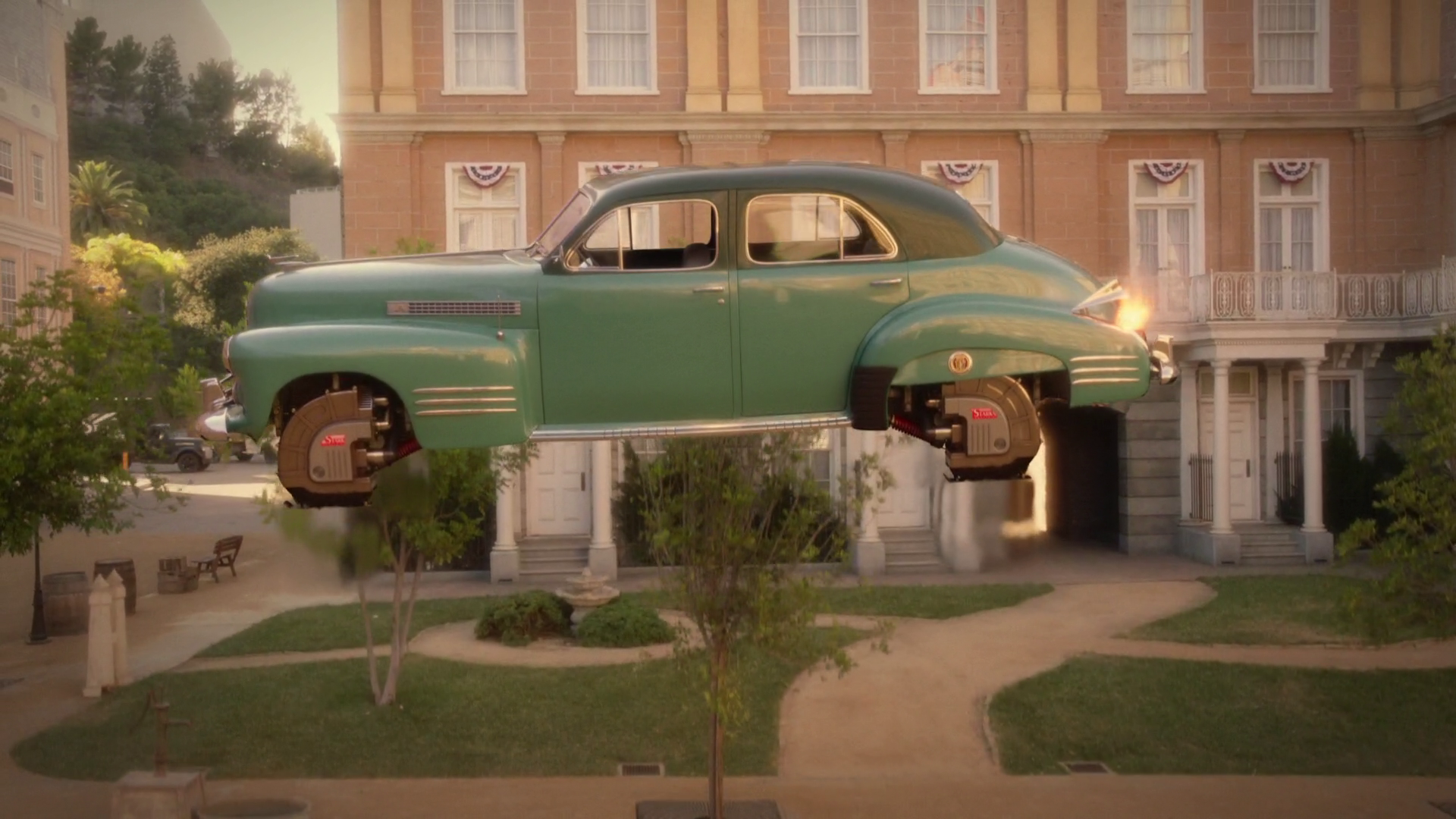

Helicopters use oversized rotors to get the most lift and keep from stalling. This type of propulsion would also help the plane fly more quietly. This is important when many of them fly around crowded places, such as cities. Unlike a helicopter or plane, the others will keep the aircraft flying if one rotor fails.

Most are being designed to use distributed electric propulsion, which means they will have a lot of rotors and motors that work together. Electric powertrains are better for the environment because they don't use fuel, and their mechanics are more straightforward than those of jet-powered models.īut that doesn't mean that making eVTOLs is easy. Instead, companies are investing money into developing them to be used as "air taxis" for intra-city travel, taking people from one landing pad to another.Įven though their design is similar to that of some existing military planes, they need to be altered to work in crowded cities, like using electricity for power rather than the fuel. VTOLs, or aircraft that can take off and land vertically, looks more like a helicopter or a drone than a car.Įven though VTOLs have wheels, they are not designed to be driven on roads. This is what companies like Uber, GM, and Hyundai have done with vertical takeoff and landing (VTOLs) vehicles. To make flying cars a part of our everyday lives, we must change how we think about them. Because, unlike cars and planes, there is no long-term plan for making flying cars. Source: SkyDriveĬreating a vehicle that does all of this is expensive and takes a lot of time. But if the engine is too heavy, the vehicle won't fly.Īt the same time, if the wings are too small, the car won't get off the ground - quite the quandary.

The more weight a vehicle has, the more power you'll need to move it. The power-to-weight ratio of a car can also be changed by the addition of wings and rotor blades. This makes the aircraft fly less far and use more fuel. On the ground, components like side-view mirrors are important, but in the air, they just slow the aircraft down. On the other hand, cars need to be wide and heavy enough to create downforce and stay on the road. One of the primary issues is that the concept merges two completely different technologies intended for entirely different jobs.įor engineers, there are two sets of requirements for flying cars, most of which conflict with each other.įor example, for an airplane to be aerodynamic and have enough lift, it needs to be light and narrow. But, obviously, it is a little more complex than that. The short answer is they are incredibly complicated things to design and build. This is for a variety of reasons, but the failure of these vehicles to become a practical reality has led to the catchphrase "Where's my flying car?" Source: Klein Vision

Emphasis on the the adverb "yet", but more on that later. Of these, very few have progressed beyond the prototype stage, and, as yet, none are have proved to be commercially viable. Generally speaking, most of them have been designed to take off and land conventionally using a runway, but vertical takeoff and landing (VTOL) examples are becoming more common. Many prototypes of flying cars have been attempted throughout and beyond the early 20th century, each using a variety of different flight technologies. "In short, combined wing capabilities make flying cars possible, and autonomy makes them viable," he adds. "Software development in the field of autonomous systems is a crucial component in making these vehicles not just an interesting research project, but also an appealing business solution for transportation needs," explains Michele Cavaioni, an engineer who works on flying cars explains. This, at least in modern flying cars, is the realm of software. Other systems are also needed to ensure all those different parts work seamlessly together to enable the vehicle to function on roads and in the air. The above is, essentially, a “mechanical” definition, and there is much more to the what a flying car actually is than just its physical mechanics.


 0 kommentar(er)
0 kommentar(er)
